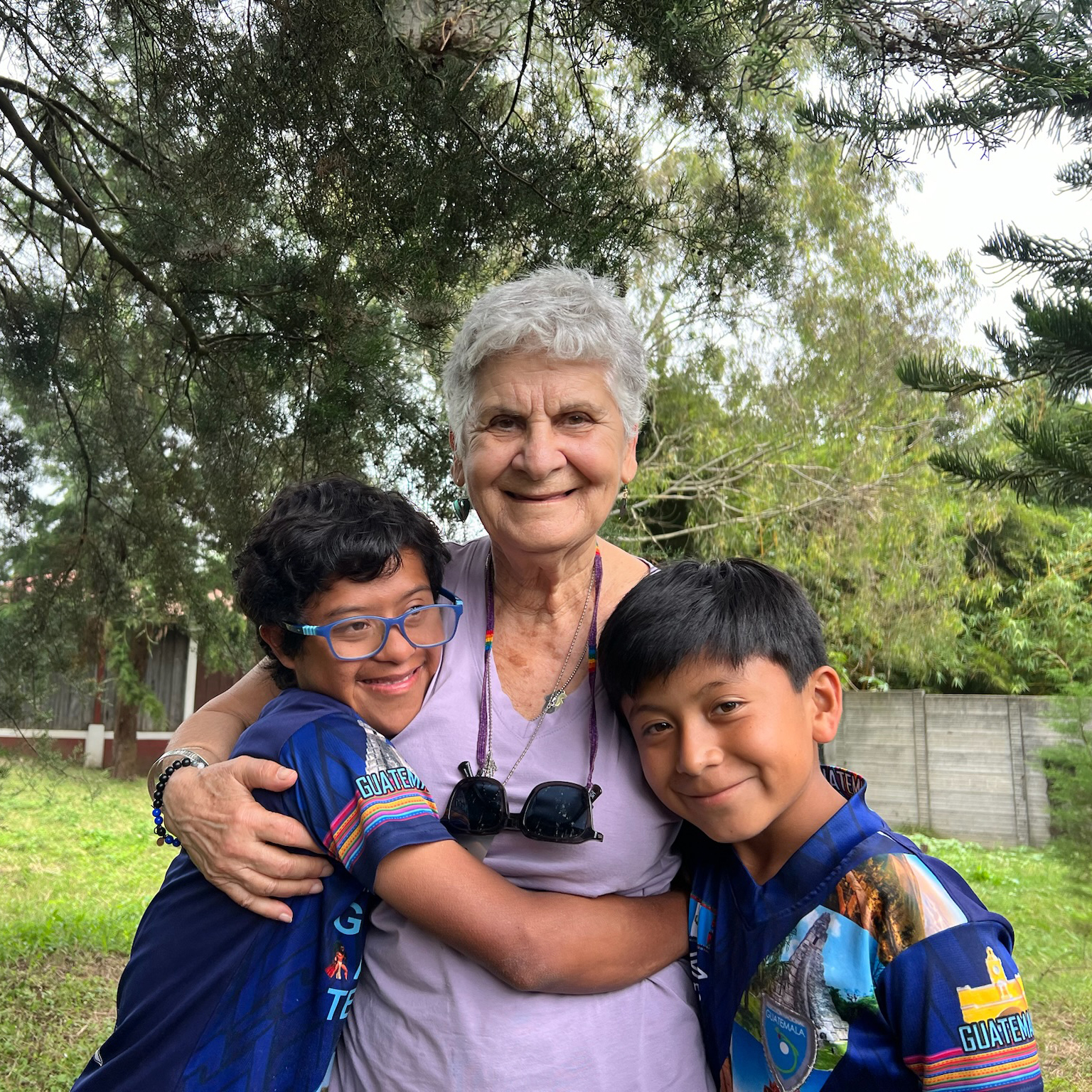Operating costs have remained steady at approximately $1,000 per child per year (excluding capital projects and education expenses). Our education budget, once just “a box of crayons” in 2000, has grown to over $100,000 annually.
Since its inception, Casa de Ángeles has invested approximately $2.5 million into building and maintaining the orphanage. Recent projects include expanding the soccer field and reroofing the quadrangle building.
Casa de Ángeles reports financial details annually to the IRS and the State of California. With no paid staff, 93–96% of funds go directly to the orphanage’s operations, education, and capital projects, with only 4–7% allocated to fundraising and donor communications.

